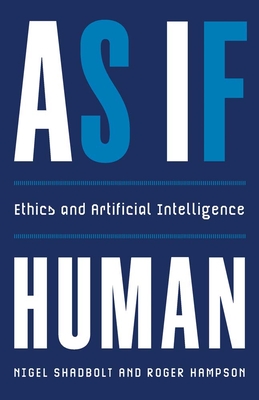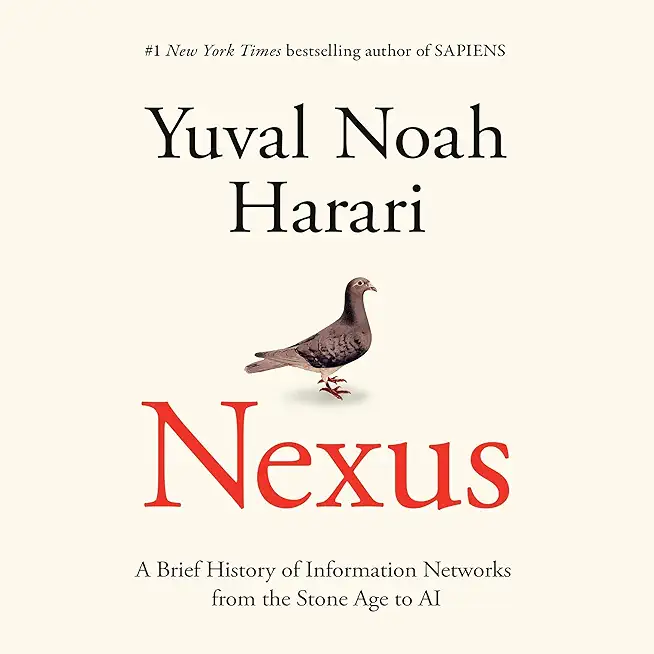IBM Integration Bus V10 Application Development II Training in Norwalk
Enroll in or hire us to teach our IBM Integration Bus V10 Application Development II class in Norwalk, California by calling us @303.377.6176. Like all HSG
classes, IBM Integration Bus V10 Application Development II may be offered either onsite or via instructor led virtual training. Consider looking at our public training schedule to see if it
is scheduled: Public Training Classes
Provided there are enough attendees, IBM Integration Bus V10 Application Development II may be taught at one of our local training facilities.
|
We offer private customized training for groups of 3 or more attendees.
|
||
Course Description |
||
| This course provides an intermediate-level continuation of the topics
necessary to successfully create IBM Integration Bus message flow
applications and integration services. This course focuses on using IBM
Integration Bus to develop, deploy, and support platform-independent
message flow applications and integration services. These applications
and integration services use various messaging topologies to transport
data between service requesters and service providers, and also allow
the data to be routed, transformed, and enriched during processing.
Topics in this course include creating integration services and message
flow applications that use and provide web services. You also learn how
to use event driven processing nodes and how to use the record and
replay facility to capture and view data during processing. You also
learn how IBM Integration Bus interacts with other IBM and enterprise
information products. Lab exercises throughout the course give you an
opportunity to practice your new skills.
Course Length: 4 Days
Course Tuition: $2600 (US) |
||
Prerequisites |
|
| Before taking this course, you should successfully complete IBM Integration Bus V10 Application Development I (WM666G), which introduces IBM Integration Bus development topics that are necessary for success in this course. | |
Course Outline |
|
Objectives:
- Use event driven message processing to control the flow of messages by using message aggregation, message collections, message sequences, and time-sensitive nodes
- Transform data by using Microsoft .NET and XML stylesheets
- Analyze and filter information in complex XML documents
- Extend DFDL message models
- Use message sets and the Message Repository Manager (MRM) parser
- Provide a message flow application as a web service
- Request a web service from within a message flow
- Describe how to implement WS-Addressing and WS-Security standards in IBM Integration Bus
- Create an integration service
- Create and implement an IBM MQ request and response service definition
- Create and implement a database service definition
- Configure security-enabled message processing nodes
- Create a decision service that implements business rules to provide routing, validation, and transformation
- Expose a set of integrations as a RESTful web service
- Use a global cache to store static data
- Record and replay data that a message flow application processes
- Implement publish and subscribe with IBM Integration Bus
- Describe the workload management options for adjusting the message processing speed, and controlling the actions that are taken on unresponsive flows and threads
- Construct user-defined patterns
- Describe how IBM Integration Bus integrates with other IBM products such as IBM WebSphere Enterprise Service Bus and IBM DataPower Appliances
Course Outline:
Course introduction
Using event driven processing nodes
Exercise: Implementing message aggregation
Transforming data with Microsoft .NET
Transforming data with XSL stylesheets
Analyzing XML documents
Modeling complex data with DFDL
Exercise: Extending a DFDL model
Working with message sets and the MRM domain
Supporting web services
Exercise: Implementing web services
Developing integration solutions by using integration services
Exercise: Creating an integration service
Connecting a database by using a discovered service
Connecting IBM MQ by using a discovered service
Exercise: Creating IBM MQ and database services
Creating a decision service
Exercise: Creating a decision service
Developing integration solutions by using a REST API
Using the global cache
Implementing message flow security
Exercise: Implementing IBM Integration Bus runtime security
Implementing publish/subscribe
Monitoring message flow events
Exercise: Recording and replaying message flow data
Managing the workload
Creating patterns for reusability
Extending IBM Integration Bus
Course summary
|
Course Directory [training on all levels]
Technical Training Courses
Software engineer/architect, System Admin ... Welcome!
- .NET Classes
- Agile/Scrum Classes
- AI Classes
- Ajax Classes
- Android and iPhone Programming Classes
- Azure Classes
- Blaze Advisor Classes
- C Programming Classes
- C# Programming Classes
- C++ Programming Classes
- Cisco Classes
- Cloud Classes
- CompTIA Classes
- Crystal Reports Classes
- Data Classes
- Design Patterns Classes
- DevOps Classes
- Foundations of Web Design & Web Authoring Classes
- Git, Jira, Wicket, Gradle, Tableau Classes
- IBM Classes
- Java Programming Classes
- JBoss Administration Classes
- JUnit, TDD, CPTC, Web Penetration Classes
- Linux Unix Classes
- Machine Learning Classes
- Microsoft Classes
- Microsoft Development Classes
- Microsoft SQL Server Classes
- Microsoft Team Foundation Server Classes
- Microsoft Windows Server Classes
- Oracle, MySQL, Cassandra, Hadoop Database Classes
- Perl Programming Classes
- Python Programming Classes
- Ruby Programming Classes
- SAS Classes
- Security Classes
- SharePoint Classes
- SOA Classes
- Tcl, Awk, Bash, Shell Classes
- UML Classes
- VMWare Classes
- Web Development Classes
- Web Services Classes
- Weblogic Administration Classes
- XML Classes
Business Training Courses
Project Managers, Business Analysts, Paralegals ... Welcome!
Upcoming Classes
Gain insight and ideas from students with different perspectives and experiences.
- Introduction to Spring 6, Spring Boot 3, and Spring REST
15 December, 2025 - 19 December, 2025 - See our complete public course listing






